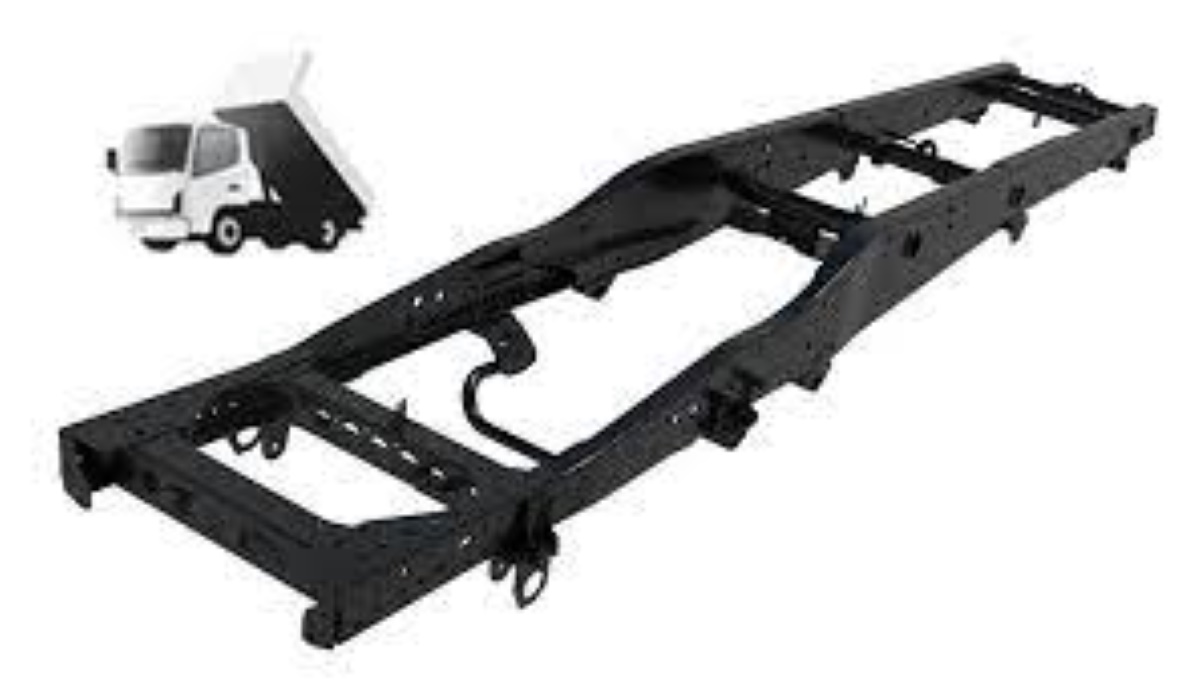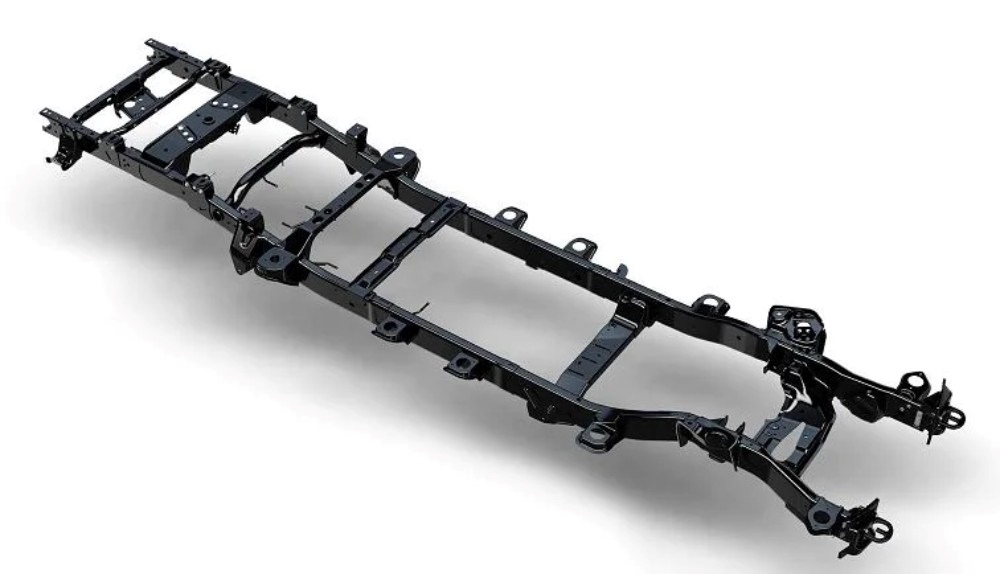I agree to the Terms & Conditions


General
General Products
Simple & Transparent! Policies that match all your insurance needs.


37K+ Reviews
7K+ Reviews
Scan to download
Life
Life Products
Digit Life is here! To help you save & secure your loved ones' future in the most simplified way.


37K+ Reviews
7K+ Reviews
Scan to download
Claims
Claims
We'll be there! Whenever and however you'll need us.


37K+ Reviews
7K+ Reviews
Scan to download
Resources
Resources
All the more reasons to feel the Digit simplicity in your life!
 Tools & Calculators
Tools & Calculators


37K+ Reviews
7K+ Reviews
Scan to download
37K+ Reviews
7K+ Reviews
 Logout
Logout
Our WhatsApp number cannot be used for calls. This is a chat only number.


2000+ Cashless
Network Garages
96% Claim
Settlement (FY23-24)
24*7 Claims
Support
I agree to the Terms & Conditions

Terms and conditions

The truck frame is the foundation upon which the entire vehicle is built, providing essential support and structure for the truck's various components, including the engine, transmission, suspension, and cargo.
In this article, we will delve into the world of truck frames, exploring what they are, their functions, the different types available, and the advantages and disadvantages of each.
The structural component of the chassis, upon which the chassis is constructed, is the frame. The frame is the truck's backbone, ensuring its stability, durability, and overall performance. The purpose of the frame is to give the entire vehicle a strong foundation and support.
Truck frames come in various types, each with its own set of advantages and disadvantages. Here are three common types of truck frames:

It consists of two parallel rails running the length of the vehicle. Crossmembers are used to connect these rails, providing structural support. This frame type is widely used in pickup trucks and larger commercial vehicles.
Advantages of a Conventional Frame
Disadvantages of a Conventional Frame

The semi-integral frame, also known as the drop frame, is a hybrid between a conventional frame and an integral frame. It features a lowered section in the frame rails, which allows for a lower truck bed or cargo area.
Advantages of a Semi-Integral Frame
Disadvantages of a Semi-Integral Frame
The integral frame, also known as the monocoque or unibody frame, is a frame type that integrates the frame and body of the truck into a single unit. This design is common in smaller trucks and light-duty vehicles.
Advantages of an Integral Frame
Disadvantages of an Integral Frame
The truck frame serves several critical functions essential to the vehicle's operation and safety. These functions include:
From conventional frames to integral frames, the choice of frame type significantly influences a truck's performance, safety, and capabilities. Understanding the functions and types of truck frames is essential for anyone involved in the world of trucking, from manufacturers and mechanics to truck operators and enthusiasts.
Generally, aluminium alloys are used to obtain a more lightweight structure or carbon steel for strength while building vehicle chassis and frames.
Generally, aluminium alloys are used to obtain a more lightweight structure or carbon steel for strength while building vehicle chassis and frames.
Strenx steel, which offers superior performance over regular structural steel, is used to make high-strength subframe rails. Strenx steel is more sustainable, assists with reducing weight, increases payload, and uses less fuel.
Strenx steel, which offers superior performance over regular structural steel, is used to make high-strength subframe rails. Strenx steel is more sustainable, assists with reducing weight, increases payload, and uses less fuel.
Yes, truck frames are commonly made of mild steel due to its strength and durability.
Yes, truck frames are commonly made of mild steel due to its strength and durability.
Forklifts are typically operated by certified forklift operators who have undergone training to safely drive and operate these industrial vehicles.
Forklifts are typically operated by certified forklift operators who have undergone training to safely drive and operate these industrial vehicles.
Please try one more time!
Other Important Articles About Truck
Other Important Articles about Commercial Vehicle Insurance
Have queries related to Digit motor insurance policy? You can refer to our Policy Wordings for detailed information or reach out to our support team via WhatsApp self-support, email or phone using the information below:
Connect with our self-serve chat bot support - 7026061234
Write to us at hello@godigit.com
Contact
Call us on 1800-258-5956
Other Motor Insurance Plans and Guides
Currently there are no news to show.
Read More
Renew & Download Policy Document, Check Challan, Credit Score, PUC & more
Anytime, Anywhere. Only on Digit App!

4.7
Rated App56K+ Reviews
4.7
Rated App
56K+ Reviews
4.3
Rated App11K+ Reviews
4.3
Rated App
11K+ Reviews
Scan to Download


Author: Team Digit
Last updated: 07-04-2025
CIN: L66010PN2016PLC167410, IRDAI Reg. No. 158.
Go Digit General Insurance Limited | Corporate Office Address: Atlantis, 95, 4th B Cross Road, Koramangala Industrial Layout, 5th Block, Bengaluru 560095 | Registered Office Address: 1 to 6 floors, Ananta One (AR One), Pride Hotel Lane, Narveer Tanaji Wadi, Shivaji Nagar, Pune-411005, Maharashtra | Trade logo of Go Digit General Insurance Ltd. displayed above belongs to Go Digit lnfoworks Services Private Limited and is provided and used by Go Digit General Insurance Ltd. under license.
Explore exclusive features, file claims & access policy on Digit App!
You can also scan this QR code to download the App.
